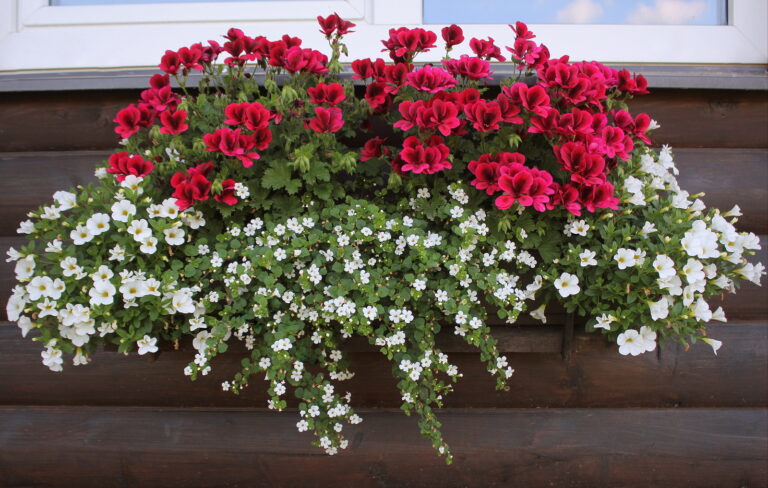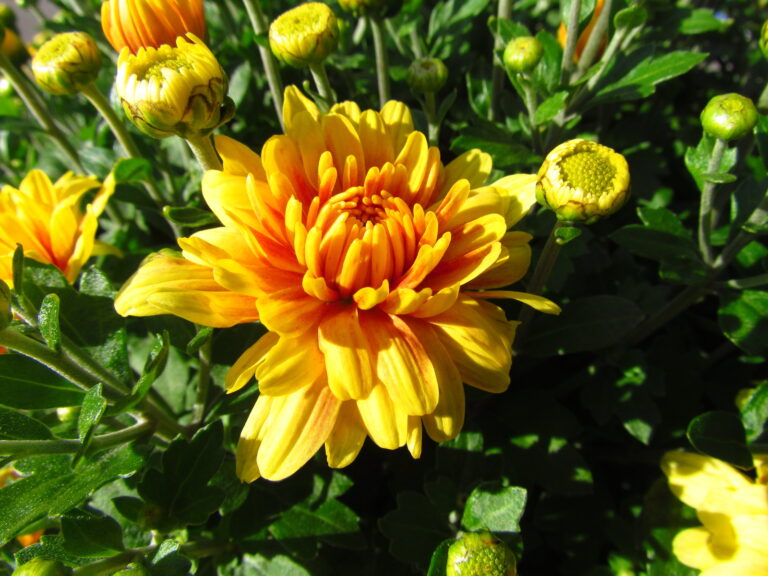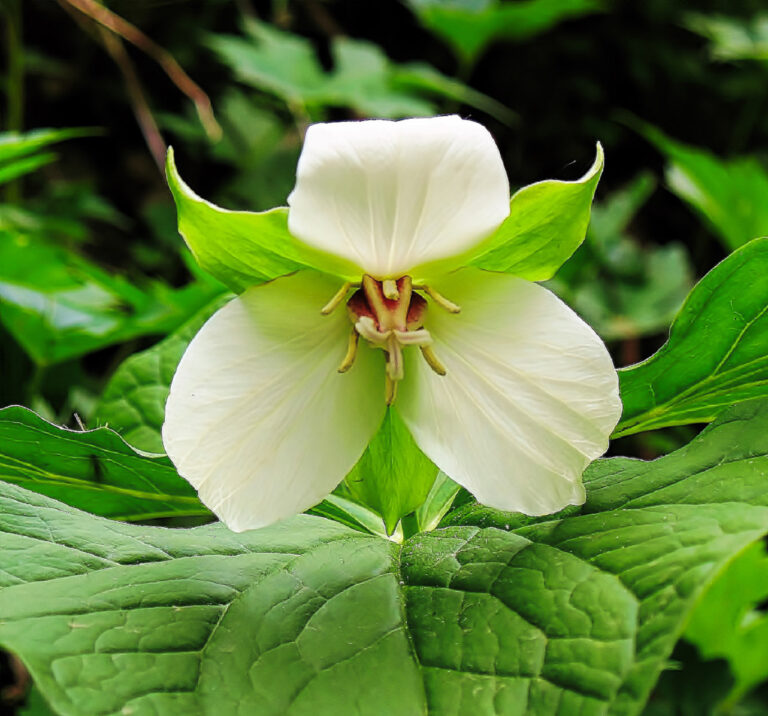Planting and Spacing Melons Step-by-Step
fter more than 30 years of growing melons in warm and cool climates, I’ve learned that proper planting and spacing make all the difference in harvest success. Melons are heat-loving, sprawling plants—but if you start them at the right time, give them warmth, and space them right, they’ll reward you with sweet, juicy fruit.
Here’s a proven step-by-step method I use every season for planting and spacing melons successfully.
Step-by-Step Guide to Planting and Spacing Melons
Step 1: Time Your Planting
- Direct sow seeds 2–3 weeks after your last frost date, once soil has warmed to at least 65°F (18°C).
- For an earlier harvest, start seeds indoors 3–4 weeks before your last frost and transplant when seedlings are 5–6 weeks old and the weather is warm and settled.
💡 Experience Tip: I always check soil temperature with a probe thermometer before planting. Melons sulk in cold soil and may rot if sown too early.
Step 2: Prepare the Soil and Planting Area
- Cover prepared planting beds or mounds with black plastic mulch or landscape fabric to warm the soil and suppress weeds.
- Before planting, cut x-shaped slits into the plastic 4–6 feet (1.2–1.8 m) apart—the final spacing you’ll use for melons.
- Pull the plastic back slightly to amend soil with aged compost or a handful of organic vegetable fertilizer under each planting spot.
Step 3: Direct Sow Melon Seeds Outdoors
- Sow 4–6 seeds per hill, 2 inches (5 cm) apart.
- Cover seeds with ½ inch of fine soil.
- Replace the black plastic and place a bottomless plastic milk jug or clear cloche over each hill to trap warmth and speed germination.
🌱 Seeds typically germinate in 7–14 days.
Step 4: Thin Seedlings
- Once seedlings are 3–4 inches (7–10 cm) tall, thin to the 2–3 strongest plants per hill.
- Be careful not to disturb roots when thinning—cut weaker seedlings at soil level rather than pulling them out.
Step 5: Transplant Melon Starts (If Using Transplants)
- Harden off indoor-grown transplants by gradually exposing them to outdoor conditions for 5–7 days.
- Transplant into the pre-cut holes in your black plastic or fabric, spacing 4–6 feet apart, depending on the melon variety.
- Water well after transplanting and cover with a floating row cover to protect from pests and cool nights.
Step 6: Remove Covers at Flowering
- When the first female flowers (look for a small bulge behind the bloom) begin to open, remove row covers to allow bees and other pollinators to do their work.
🐝 Hand pollination is an option if pollinators are scarce—more on that in our melon pollination guide.
Final Spacing Guidelines by Melon Type:
| Melon Type | Spacing Between Hills | Plants per Hill |
|---|---|---|
| Muskmelons | 4–6 feet (1.2–1.8 m) | 2–3 |
| Watermelons | 6–12 feet (1.8–3.6 m) | 1–2 |
| Cantaloupes | 4–6 feet (1.2–1.8 m) | 2–3 |
✅ Melon Planting & Spacing Checklist
🗓️ Before Planting
▢ Check last expected frost date for your region
▢ Take soil temperature—ensure it’s 65°F (18°C) or warmer
▢ Choose a full sun location with good air circulation
▢ Prepare raised beds or mounds; amend with aged compost or organic fertilizer
▢ Lay black plastic mulch or landscape fabric over planting area
▢ Cut X-shaped slits in plastic 4–6 feet apart
🌱 Direct Sowing Seeds
▢ Sow 4–6 seeds per hill, 2 inches apart, ½ inch deep
▢ Cover seeds with soil and press lightly
▢ Place bottomless milk jugs or cloches over each hill to warm soil
▢ Keep soil moist until germination (7–14 days)
▢ Thin to 2–3 strongest seedlings per hill when 3–4 inches tall
🌱 Transplanting Starts
▢ Start seeds indoors 3–4 weeks before last frost
▢ Harden off seedlings 5–7 days before transplanting
▢ Transplant 5–6 week old seedlings into pre-cut slits in mulch
▢ Space 4–6 feet apart, depending on variety
▢ Water thoroughly after transplanting
▢ Cover with floating row cover for protection
🌸 Flowering & Pollination
▢ Monitor for first female flowers
▢ Remove row covers when female flowers open to allow pollination
▢ Hand-pollinate if necessary (see melon pollination post)
📝 Final Spacing Recap:
Watermelons: 6–12 ft apart, 1–2 plants per hill
Muskmelons & cantaloupes: 4–6 ft apart, 2–3 plants per hill
These tips are based on both my personal gardening experience and best horticultural practices. I’ve tested this approach in raised beds, mounded rows, and open-ground beds for decades—and it consistently produces vigorous vines and flavorful fruit.
Melons Overview: The Ultimate Guide to Growing Melons: From Planting to Harvest
Watermelons: How to Grow Watermelons from Seed to Harvest: Ultimate Guide for Sweet, Juicy Success
Related Posts:
Planting & Growing Basics
- When to Plant Melons for the Best Harvest
- Best Soil and Location for Growing Melons
- Planting and Spacing Melons Step-by-Step
- Growing Melons on Mounds and Hills: A Proven Method for Stronger Plants and Sweeter Fruit
Care & Maintenance
- Watering and Feeding Melons for Maximum Sweetness
- Caring for Melons Through the Season: A Practical Guide
- Melon Pollination: How It Works and When to Lend a Hand
- Melon Pests and Diseases: Identification and Control
Space-Saving Techniques
- Melons in Small Spaces: Container Growing Made Easy
- Growing Melons Vertically: Save Space and Boost Harvests
- Trellising Cantaloupes: Why and How
Ripeness & Harvesting
- How to Tell When Melons Are Ripe
- How to Know When Cantaloupes Are Ripe: Slip Stage and Other Signs
- The Gardener’s Guide to Harvesting and Storing Melons for Peak Flavor
Melon Types & Varieties
- Summer Melons vs Winter Melons: Know the Difference
- Growing Gaila, Honeydew, and Crenshaw Melons
- Best Cantaloupe Varieties for Home Gardens
Enjoying the Harvest





